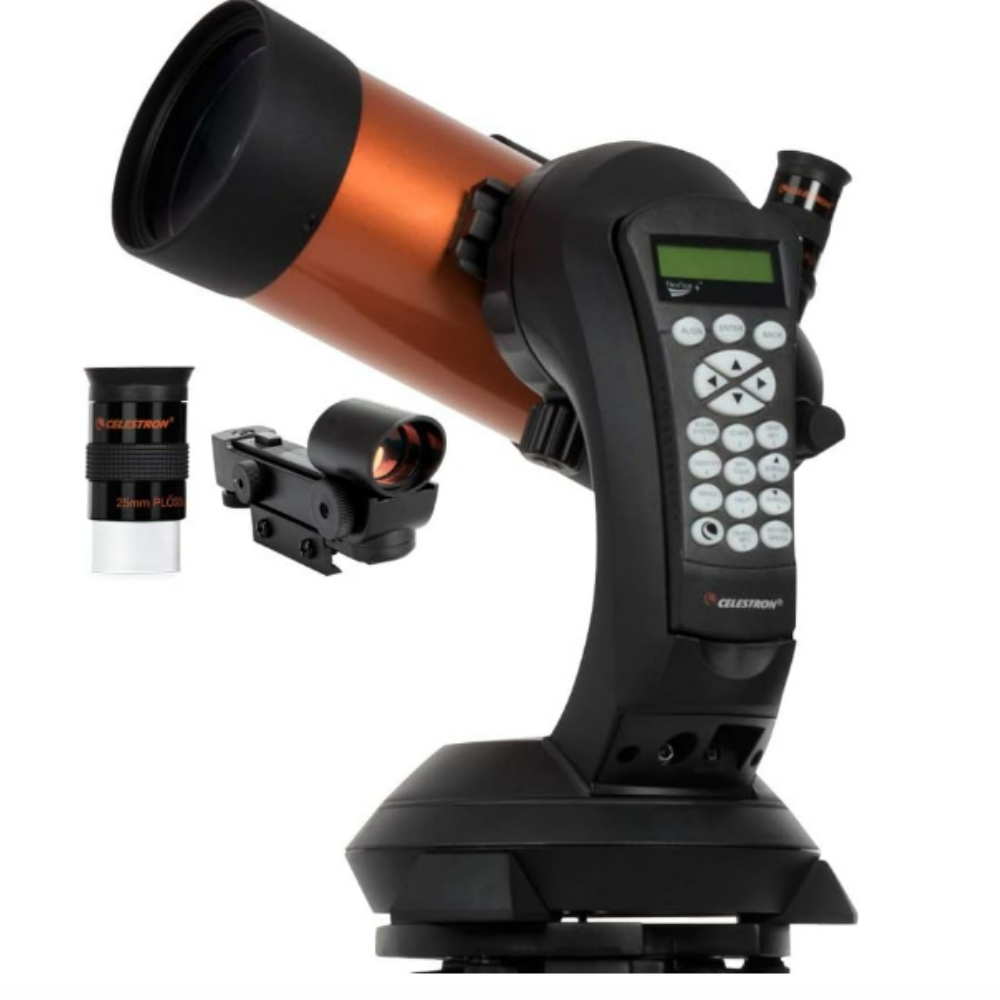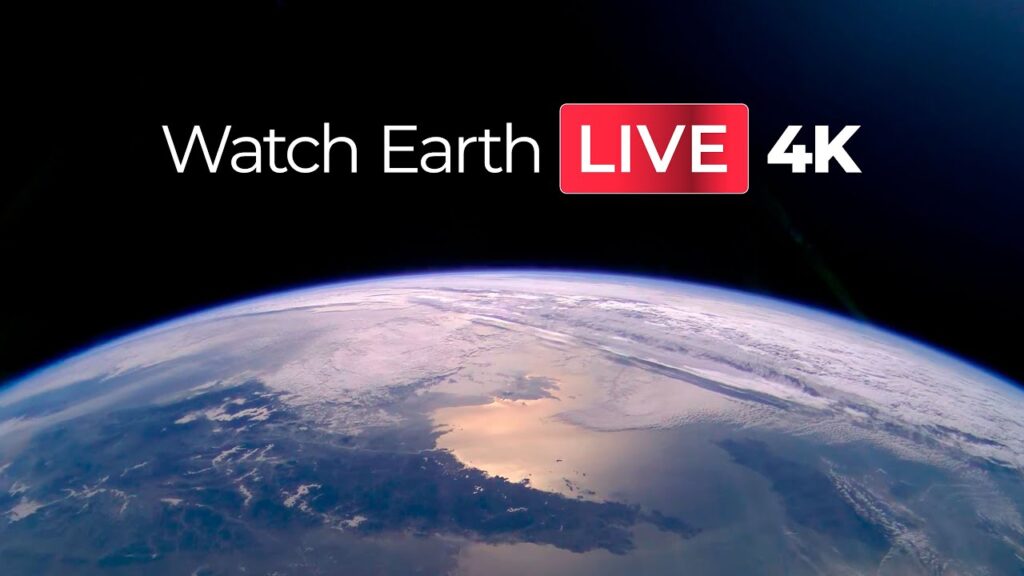[embedded content]
Astronauts working hundreds of miles above Earth will install a new solar array on the International Space Station today (June 16) — and you can watch all the action live.
NASA astronaut Shane Kimbrough and European Space Agency astronaut Thomas Pesquet will spend about 6.5 hours working together in the vacuum of space for today’s spacewalk, or extravehicular activity (EVA).
NASA will provide a live broadcast starting at 6:30 a.m. EDT (1030 GMT), and the EVA is scheduled to start around 8 a.m. EDT (1200 GMT) when the astronauts switch their spacesuits to battery power. They will then exit the Quest airlock and head to the far left (port) side of the space station to install the solar array on the 2B power channel.
You can watch the spacewalk live here in the window above, courtesy of NASA TV, or directly via the agency’s website.
Related: Spacewalking astronauts prepare International Space Station for new solar arrays
Pesquet, who will be on his third career spacewalk, will be wearing the spacesuit with red stripes on it to designate him as lead spacewalker, known as extravehicular crewmember 1 (EV1). Kimbrough, wearing the plain white spacesuit as EV2, will be on his seventh spacewalk, according to NASA. And it will be their third spacewalk together; the pair took two spacewalks together during Expedition 50, in 2017.
Part of the spacewalk will see the astronauts work with Canadarm2 robotic arm to assist with the installation of the solar arrays, and the astronauts will be tethered to the space station for the rest of the time. (As a backup, the astronauts can use jet backpacks called Simplified Aid for EVA Rescue or SAFER if they accidentally get loose, although this has never happened in more than 20 years of space station operations.)

If recent spacewalks are any indication, the astronauts will be treated to spectacular views of the ISS backdropped by Earth, given their unusual distance from the space station core. The new arrays arrived on station on a SpaceX Dragon cargo resupply ship on June 5, and robotics operators used the robotic Canadarm2 to move them in place for the installation on June 20, NASA said.
The ISS is upgrading its power to get a much-needed boost for science work. Various spacewalking crews installed lithium-ion batteries on the orbiting complex during the past four years, replacing older nickel-hydrogen batteries in spacewalks ending this February. (In fact, the two spacewalks Kimbrough and Pesquet did together in January and March of 2017 also focused on power upgrades.)

Next up are the solar arrays, which were installed on the space station in December 2000, September 2006, June 2007 and March 2009. They are designed for a 15-year service life and still doing well, but NASA said upgrades are needed to keep the station going to the end of the current agreement in 2024 — and a possible extension to ISS operations.
“Though they are functioning well, the current solar arrays are showing signs of degradation, as expected,” the agency said in a January description of the new work. The new solar arrays will go in front of six of the current arrays, boosting power levels to 215 kilowatts compared with current levels of 160 kilowatts.

Helping the astronauts from inside the space station will be NASA astronauts Megan McArthur and Mark Vande Hei, who are working with suit-up procedures and robotics. A socially distanced team at NASA Mission Control in Houston will also assist the Expedition 65 crew.
The next spacewalk for the duo will be on Sunday (June 20), when Pesquet and Kimbrough will again go to the Port-6 truss structure to put in the second set of solar arrays at the 4B power channel — the location where astronauts famously did a rescue spacewalk to fix a huge array tear in 2007. Coverage on Sunday will also start at 6:30 a.m. EDT (1030 GMT) with an expected start time of 8 a.m. EDT (1200 GMT).
NASA says the two new spacewalks will be the 239th and 240th in support of station assembly, maintenance, and upgrades.
Follow Elizabeth Howell on Twitter @howellspace. Follow us on Twitter @Spacedotcom and on Facebook.


